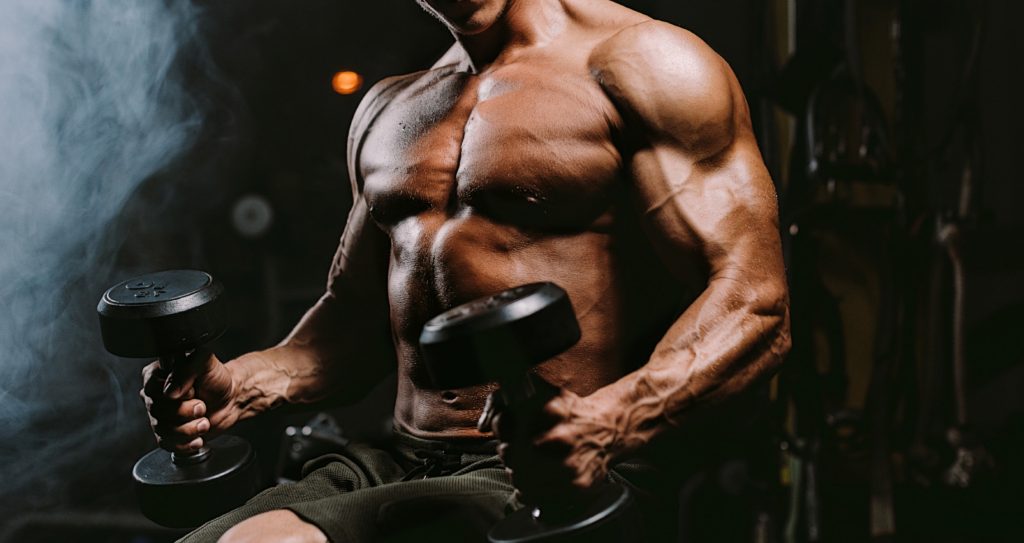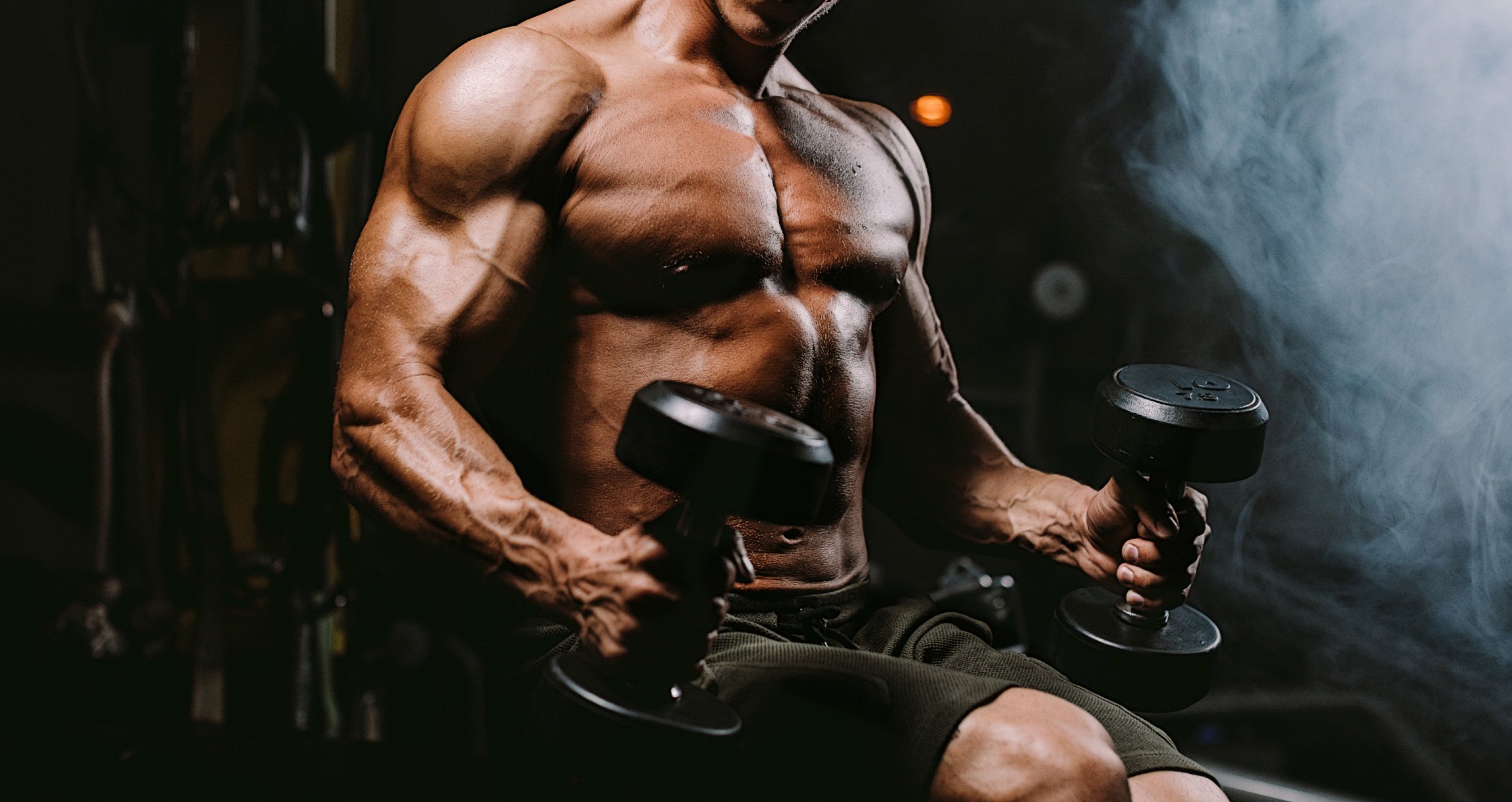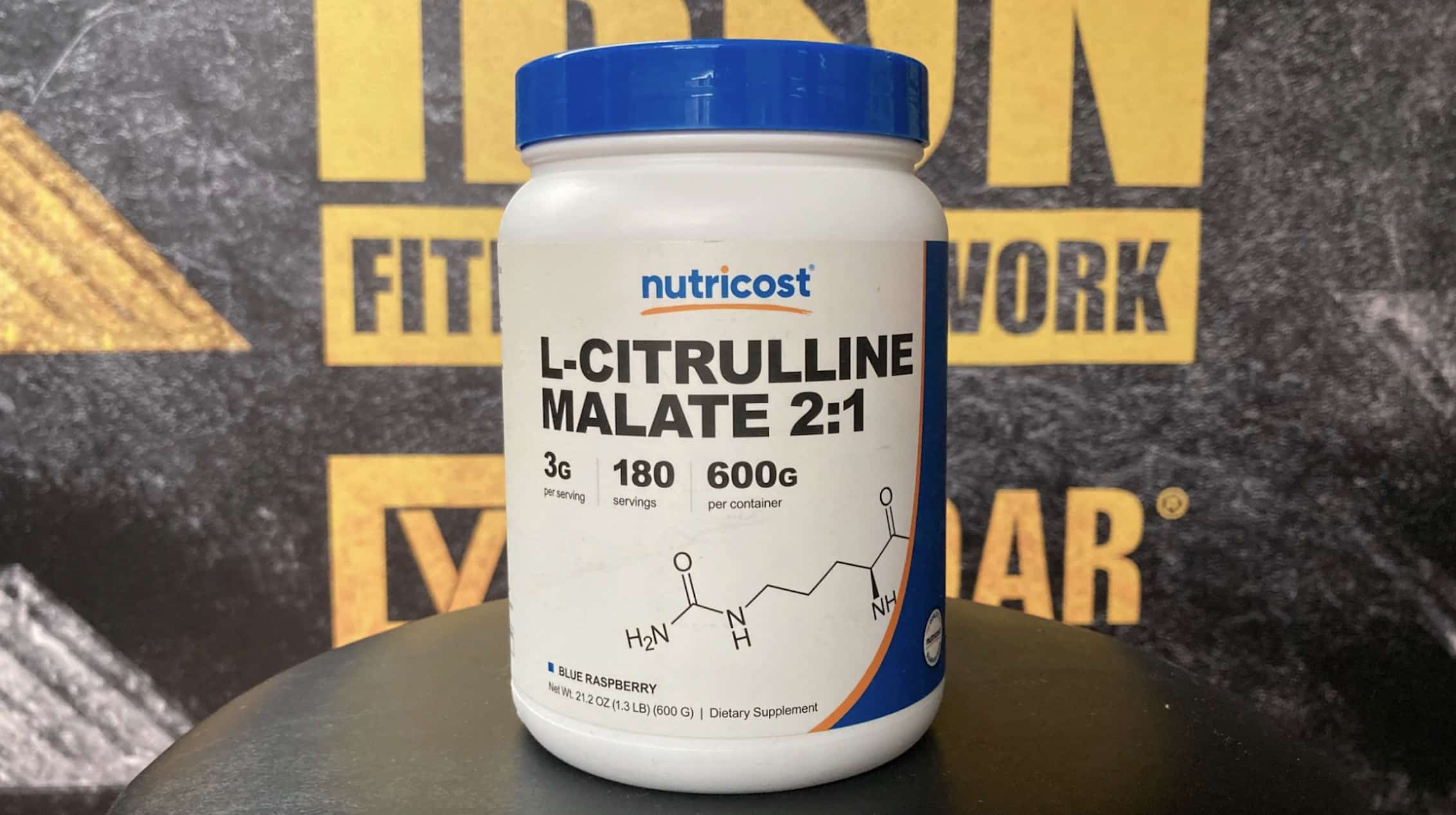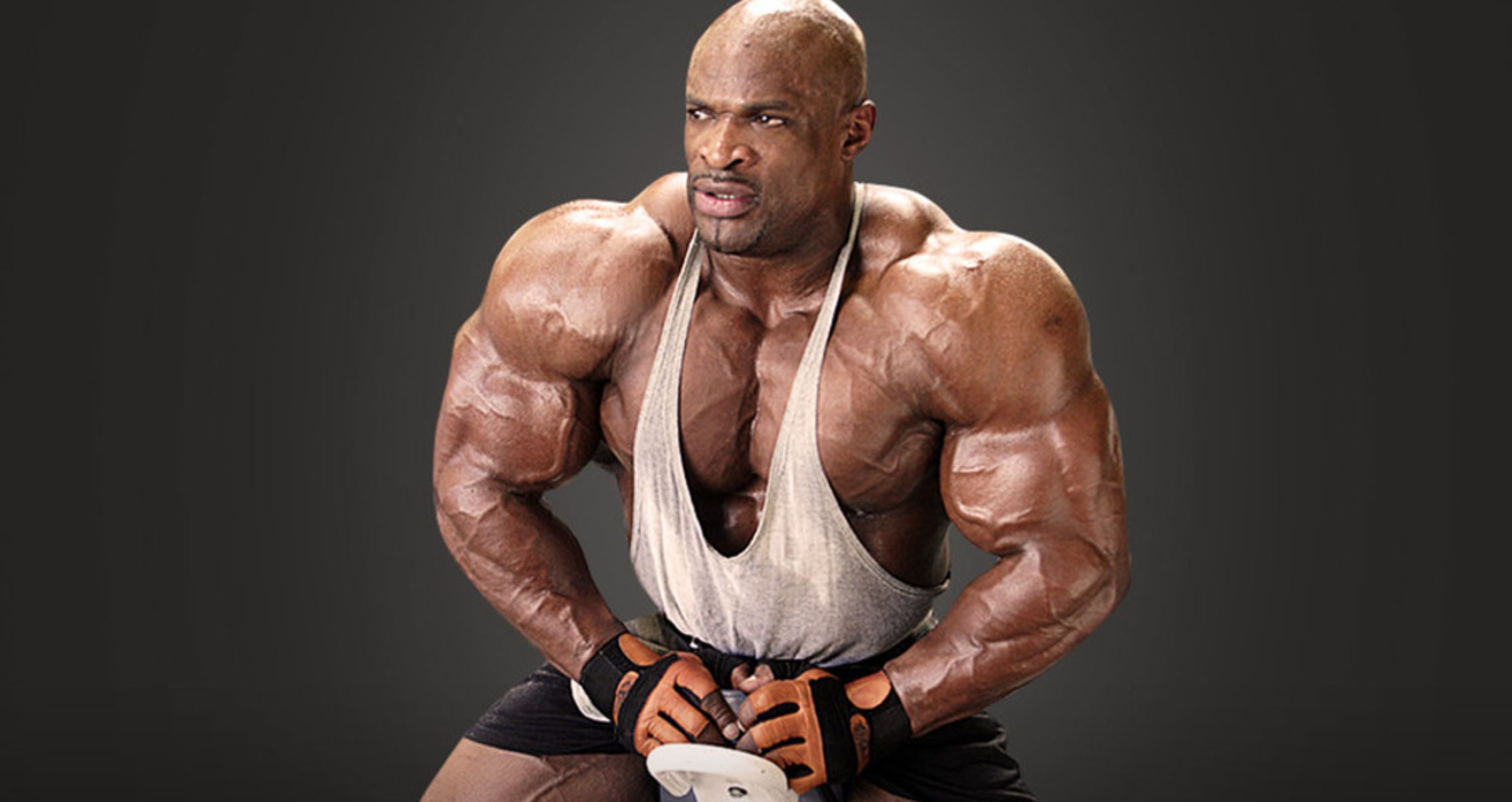The alternating dumbbell press will help strengthen your lagging push muscles.
Upper-body press exercises like dips, bench presses, overhead presses, push-ups, and lateral raises are excellent for building strength in the chest, shoulders, arms, and core. The alternating dumbbell press offers a unique twist on the traditional dumbbell press by introducing a different movement pattern. This makes it an effective way to challenge your muscles and elevate your workout routine. And it only requires a pair of dumbbells and a bench.
This guide delves into the alternating dumbbell press, detailing the primary muscles it targets, the benefits it provides, and a clear, step-by-step breakdown of how to perform it correctly. Additionally, we’ve included alternative exercises that focus on similar muscle groups, giving you more options to enhance your training regimen.
Technique & Muscles Worked
The alternating dumbbell press is a compound exercise that works the deltoids, chest, triceps, and core muscles. Alternating your reps emphasizes each side of your body and targets the target muscles better. This builds a better mind-muscle connection and fosters more significant muscle hypertrophy (1).
Good form is essential when performing this exercise. Whether seated or standing, keep your back flat and spine neutral, then brace your core. Start with light dumbbell weights to get a feel for the routine before advancing to more challenging weights. This will help you reduce the chance of injury and maintain proper form.
Here is how you can perform the alternating dumbbell press seated:
- Set up a bench, adjust to a 90-degree angle, and grab a pair of dumbbells using a neutral grip.
- Take a seat and carefully place each end of the dumbbell on your knees.
- Next, take a deep breath and kick each dumbbell from your knees to shoulder level.
- Once the dumbbells are at shoulder level, rotate your palms so they face forward and elbows flared out. This is your starting position.
- Now, take a deep breath and press one dumbbell upwards, fully extending your arms and elbows while holding the other dumbbell in place.
- Pause for about one to two seconds in this position, then slowly and in a controlled manner, lower the dumbbell back to the starting position.
- Immediately press the other dumbbell upwards, repeating step 5, and lower back to the starting position.
- Repeat this movement for as many reps as you desire.
Benefits
The alternating dumbbell press is an excellent workout for building upper body muscles. This exercise strengthens the weaker side by alternating from one side to the other. Below are some of the benefits of this exercise.
Builds & Strengthens the Upper Body Muscles
This exercise primarily aims to build and strengthen the shoulders, chest, triceps, and core. Working these muscles reinforces the upper body muscles and can help improve your exercise performance and aid daily tasks.
Improves Shoulder Health & Mobility
The alternating dumbbell press is perfect for the shoulders, and the constant pressing works on the joints, improving the range of motion. This enables you to stabilize your shoulders better and lift heavier objects effectively.
Strengthens the Core Muscles
The core muscle is vital for stability, balance, and correct exercise execution alternating dumbbell press recruits. It strengthens these core muscles, which can help with better posture, improve exercise performance, and prevent injuries.
Addresses Imbalances
This exercise requires you to alternate sides instead of the regular bilateral arm press. This lets you simultaneously focus on each side of your body. You can detect weaknesses and address any muscle and strength imbalances. This exercise method also helps you work around injuries; you can go lighter on your injured side.
Better Mind-Muscle Connection
The alternating dumbbell press is a unilateral movement, meaning you can train each side individually. This helps you focus better on target muscles and builds a better mind-muscle connection, which is crucial for muscle growth.
Alternating Dumbbell Press Alternatives
We have seen the uses of the alternating dumbbell press and its effectiveness for upper body gains. However, similar to other exercises, consistently performing this exercise can result in a training plateau. Adding other alternative exercises can help with your training regimen. Here is a list of exercises you can try.
Single-Arm Landmine Press
The single-arm landmine press works similar upper body muscles. This exercise requires an angled bar attached to a landmine device, or you could just fit the barbell into the corner of your room. This is an excellent workout if you want to improve your shoulder health and mobility.
Wide Push-Up
Wide push-ups are bodyweight exercises that primarily work the chest, shoulders, and core muscles. Other targeted muscles include the arms and specific muscles in the back. You only need your bodyweight for this exercise, which can be done anywhere with sufficient floor space.
Incline Bench Press
The bench press is a staple upper bodybuilding exercise that works the shoulders, chest, and triceps. However, an incline bench press works the shoulder and upper chest muscles more (2). When doing this exercise, ensure you set the bench at an angle of 30 to 60 degrees for better chest-shoulder activation.
FAQs
What is the alternate dumbbell press good for?
The alternating dumbbell press works your triceps, chest, deltoids, and abs. This exercise’s alternating nature allows you to focus on each side of your body, which is suitable for addressing muscle-strength imbalances and building a stronger mind-muscle connection.
How do you do the dumbbell press step by step?
The alternating dumbbell press can be performed standing or seated. The article above provides a comprehensive step-by-step guide to this exercise.
How many reps of dumbbell presses should I do?
Now, this depends on your fitness goals. If you’re to build strength, use heavy loads with rep ranges of one to six. For hypertrophy, use ideal loads and a rep range of eight to fifteen. Finally, to build endurance, perform reps greater than 15.
Follow Generation Iron on Instagram, Facebook, and Twitter for more exercise guides!
References
- Calatayud, J., Vinstrup, J., Jakobsen, M. D., Sundstrup, E., Brandt, M., Jay, K., Colado, J. C., & Andersen, L. L. (2016). Importance of mind-muscle connection during progressive resistance training. European journal of applied physiology, 116(3), 527–533. https://doi.org/10.1007/s00421-015-3305-7
- Chaves, S. F. N., Rocha-JÚnior, V. A., EncarnaÇÃo, I. G. A., Martins-Costa, H. C., Freitas, E. D. S., Coelho, D. B., Franco, F. S. C., Loenneke, J. P., Bottaro, M., & Ferreira-JÚnior, J. B. (2020). Effects of Horizontal and Incline Bench Press on Neuromuscular Adaptations in Untrained Young Men. International journal of exercise science, 13(6), 859–872.








